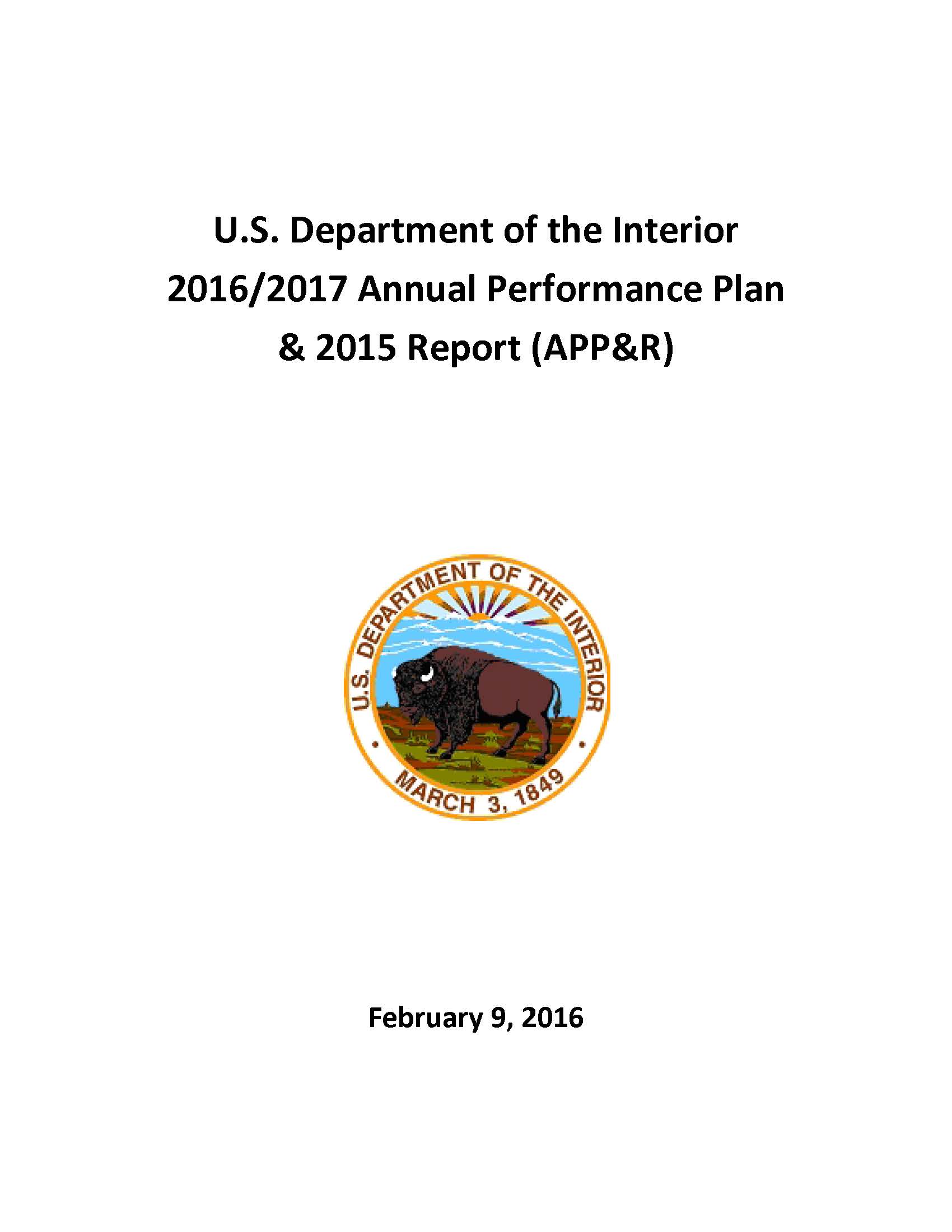- Home
- Agencies
- Department of Agriculture
- Department of Housing and Urban Development
- General Services Administration
- Department of Commerce
- Department of the Interior
- National Aeronautics and Space Administration
- Department of Defense
- Department of Justice
- National Science Foundation
- Department of Education
- Department of Labor
- Office of Personnel Management
- Department of Energy
- Department of State
- Small Business Administration
- Environmental Protection Agency
- Department of Transportation
- Social Security Administration
- Department of Health and Human Services
- Department of the Treasury
- U.S. Agency for International Development
- Department of Homeland Security
- Department of Veterans Affairs
- Goals
- Initiatives
- Programs
Primary tabs
Key to Changes
This text is Revised text
This word has been added to the text
This text is Last Published text
This word has been removed from the text
Modifed styling with no visual changes
Strategic Objective
Manage wildland fire for landscape resiliency, strengthen the ability of communities to protect against fire, and provide for public and firefighter safety in wildfire response
Strategic Objective
Overview
Preparedness activities provide the foundation for a safe and effective strategic response to unplanned ignitions, and enable land managers to develop collaborative efforts to achieve fire-adapted communities and landscapes that are resilient to the effect of wildfire. Fuel treatments improve the integrity and resilience of our forest and rangelands while reducing the risks of high severity wildfires and the impacts of such fires to people, communities, and natural and cultural resources located near or adjacent to federal or tribal lands. Rehabilitation of our most severely damaged lands from high impact wildfires minimizes future threats to life, property, natural and cultural resources in order to stabilize and prevent unacceptable degradation to these key values. The Department works collaboratively with other Federal, Tribal, State, and local governments to help protect life and property, limit damages to natural and cultural resources during wildfire response, and reduce program and management duplication.
Read Less...Progress Update
The Department of the Interior, in consultation with the Office of Management and Budget, has highlighted this objective as a focus area for improvement. The Department’s Wildland Fire Management (WFM) program strives to achieve a risk-based, cost-effective, technically efficient, and scientifically grounded wildland fire management program that safely meets fire and resource management goals. The guiding principles and priorities of the WFM program are to restore and maintain fire-resilient landscapes, promote fire-adapted communities, reduce human-caused ignitions, and safely and effectively respond to wildfires, through direct program activities and strong Federal, Tribal, State, and local collaboration. The WFM program faces challenges from the uncertainties and impacts of climate change, the trends of increasing risks to firefighters, communities and their values (e.g., endangered species, water supplies, recreation areas, infrastructure, etc.) and the increasing need to protect and conserve America’s Federal and Tribal lands. Constrained capacity and unpredictable funding also pose challenges in executing the objectives of the wildland fire program. The WFM aligns programs, budgets, and performance to implement the intergovernmental National Cohesive Wildland Fire Management Strategy, a science-based and innovative, collaborative approach to mitigating wildfire risk. The Department sustained its performance at existing levels over the past five years with only minor year-to-year variance for acres in desired condition and initial response strategy success. The measure for treatments has been more variable due to changes in available funding and the particular set of projects undertaken in a given year. A FY 2016 budget proposal to restructure WFM funding could help ensure better fuel treatment performance during unexpectedly high-occurrence fire seasons.
The Department achieved its targets on all of the wildland fire measures in FY 2015 despite a challenging fire season.









